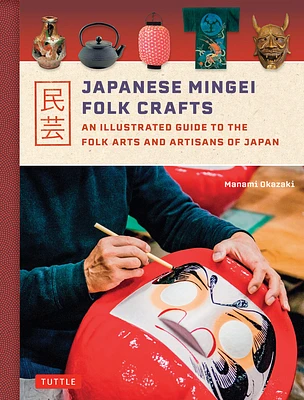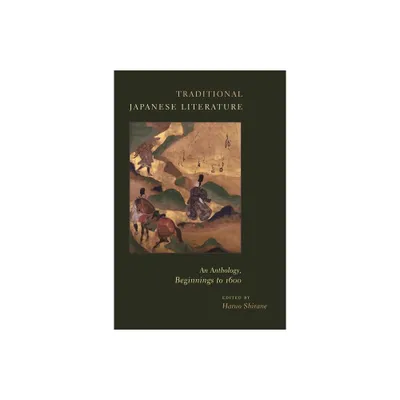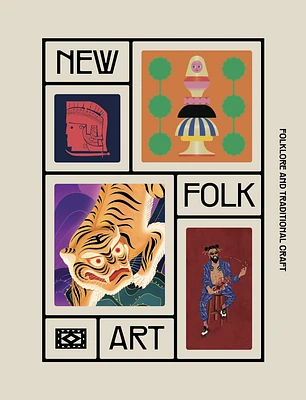Home
Timeless Beauty: Traditional Japanese Folk Art
Loading Inventory...
Barnes and Noble
Timeless Beauty: Traditional Japanese Folk Art
Current price: $75.00


Barnes and Noble
Timeless Beauty: Traditional Japanese Folk Art
Current price: $75.00
Loading Inventory...
Size: OS
*Product Information may vary - to confirm product availability, pricing, and additional information please contact Barnes and Noble
This richly illustrated book presents the Jeffrey Montgomery collection of traditional Japanese art, one of the foremost collections of this art in the world.
Superb examples of lacquerware and metalwork, basketry, textiles, furniture, masks, sculpture, paintings, toys and ceramics, are organized by medium in five sections. These utilitarian objects of everyday life date from the Muromachi period ((1392-1568) to the early Meiji period (1868-1912), and were crafted by hardworking artisans for farmers, fishermen, town merchants and upper-class elite. The pieces these artisans produced reflect honesty and respect for all things both animate and inanimate: all the objects in the collection possess a unique and inherent quality of timeless beauty.
The introduction written by Dr. Edmund de Waal, a potter and a writer whose works are held in many museum collections, focuses on the history of the appreciation of Japanese Folk arts in the West. Indeed, the influence of Japanese folk art on modernist design and on the growth of the craft movement within the West has been extremely important.
The book continues with extensive texts written by four highly respected Japanese art historians. The entries are divided into five sections: ceramics, textiles, metalworks, masks, and additional objects (furniture, toys, sculptures, etc.) The book includes a chronology, a map of Japan, and index and bibliography.
Superb examples of lacquerware and metalwork, basketry, textiles, furniture, masks, sculpture, paintings, toys and ceramics, are organized by medium in five sections. These utilitarian objects of everyday life date from the Muromachi period ((1392-1568) to the early Meiji period (1868-1912), and were crafted by hardworking artisans for farmers, fishermen, town merchants and upper-class elite. The pieces these artisans produced reflect honesty and respect for all things both animate and inanimate: all the objects in the collection possess a unique and inherent quality of timeless beauty.
The introduction written by Dr. Edmund de Waal, a potter and a writer whose works are held in many museum collections, focuses on the history of the appreciation of Japanese Folk arts in the West. Indeed, the influence of Japanese folk art on modernist design and on the growth of the craft movement within the West has been extremely important.
The book continues with extensive texts written by four highly respected Japanese art historians. The entries are divided into five sections: ceramics, textiles, metalworks, masks, and additional objects (furniture, toys, sculptures, etc.) The book includes a chronology, a map of Japan, and index and bibliography.


















